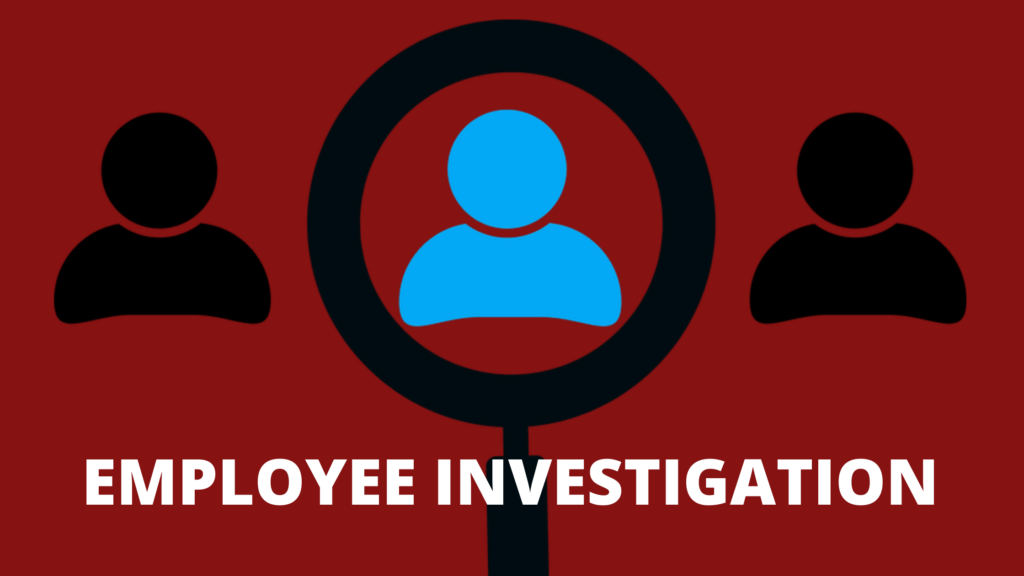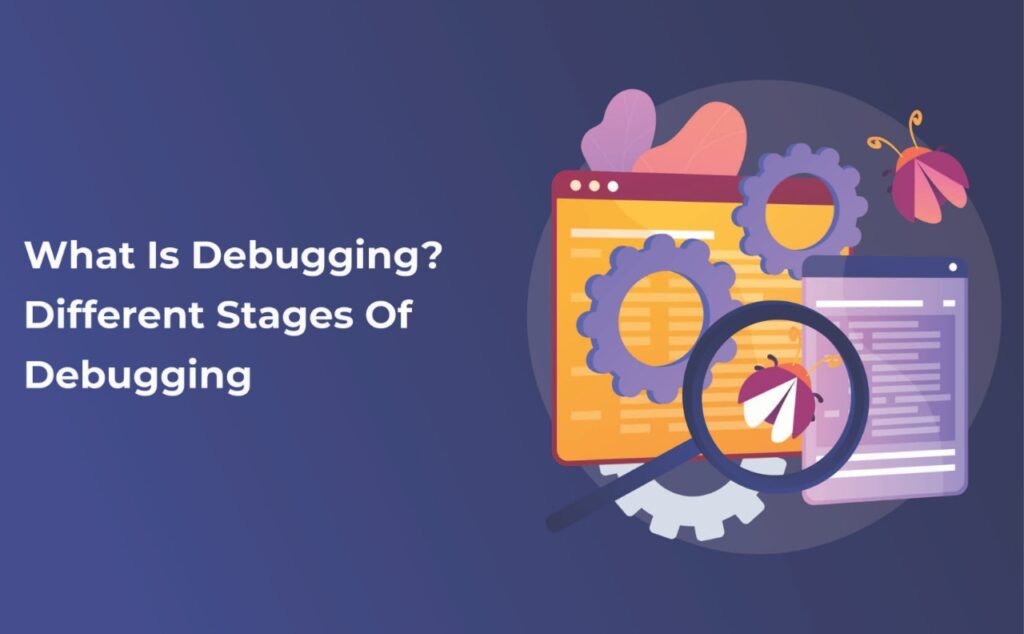In the dynamic landscape of financial investigations, asset tracing stands out as a crucial skill set, especially in a bustling metropolis like Mumbai. With its ever-evolving economy and diverse financial structures, the city presents unique challenges and opportunities for asset tracing investigators. Whether you’re a seasoned professional or a novice entering this field, mastering the art of asset investigation is essential. In this comprehensive guide, we’ll delve into the essential tools and tactics necessary for effective asset tracing in Mumbai.
What is Asset Tracing?
Asset tracing is the process of identifying, locating, and recovering assets that have been hidden or moved to avoid detection, typically in cases of fraud, embezzlement, or money laundering. In Mumbai, where financial transactions are intricate and often opaque, company asset investigations requires a multifaceted approach combining investigative skills, legal knowledge, and technological expertise.
Why is Asset Tracing Important?
- Fraud Detection and Prevention: Asset tracing helps in identifying fraudulent activities such as embezzlement, money laundering, and corporate fraud. By tracing the flow of funds and uncovering hidden assets, investigators can detect suspicious transactions and prevent further financial malpractice.
- Asset Recovery: In cases of financial wrongdoing, victims often seek to recover their lost assets. Asset tracing enables investigators to locate and recover misappropriated funds or assets, providing restitution to the affected parties and deterring future fraudulent behavior.
- Legal Proceedings: Asset tracing plays a crucial role in legal proceedings by providing evidence to support civil or criminal cases. By tracing the movement of assets and documenting financial transactions, investigators strengthen the prosecution’s case and increase the likelihood of successful outcomes in court.
- Regulatory Compliance: Financial institutions and businesses are subject to regulatory requirements aimed at combating money laundering, fraud, and other financial crimes. Asset tracing helps ensure compliance with these regulations by enabling entities to identify and report suspicious activities to regulatory authorities.
- Risk Management: Effective asset tracing contributes to risk management efforts by helping businesses identify vulnerabilities in their financial systems and internal controls. By proactively monitoring financial transactions and tracing the movement of assets, organizations can mitigate the risk of financial losses and reputational damage.
- Reputation Protection: For businesses and individuals, reputation is invaluable. Asset tracing helps protect reputations by uncovering fraudulent activities and holding wrongdoers accountable. By demonstrating a commitment to transparency and integrity, entities enhance trust and confidence among stakeholders.
- Cross-Border Investigations: In an increasingly globalized world, asset tracing often involves cross-border investigations. By collaborating with international partners and leveraging expertise in different jurisdictions, investigators can overcome geographical barriers and trace assets held abroad, enhancing the effectiveness of asset recovery efforts.
- Preventing Recidivism: Holding perpetrators accountable and recovering misappropriated assets serves as a deterrent against future financial crimes. Effective asset tracing sends a clear message that illicit activities will not go unpunished, thereby discouraging individuals and organizations from engaging in fraudulent behavior.
Over all, asset tracing is important for detecting financial wrongdoing, recovering stolen assets, supporting legal proceedings, ensuring regulatory compliance, managing risks, protecting reputations, facilitating cross-border investigations, and preventing recidivism. By mastering the art of asset investigations, investigators contribute to the integrity and transparency of the financial system, safeguarding the interests of businesses, individuals, and society as a whole.
Key Advantages in Financial Investigations and Risk Management
- Detecting Financial Irregularities: Asset tracing enables investigators to identify financial irregularities such as embezzlement, money laundering, and fraudulent transactions. By meticulously analyzing financial records and tracing the flow of funds, investigators can uncover discrepancies and suspicious activities that may otherwise go unnoticed.
- Recovering Misappropriated Assets: One of the primary advantages of asset tracing is its ability to facilitate the recovery of misappropriated assets. Whether through legal proceedings, negotiation, or asset forfeiture, asset tracing helps victims reclaim their stolen funds or assets, providing restitution and closure.
- Enhancing Legal Proceedings: Asset tracing strengthens the evidence base in legal proceedings by providing documentation of financial transactions and asset movements. This evidence is crucial for supporting civil or criminal cases related to financial fraud, embezzlement, or other financial crimes.
- Mitigating Financial Risks: By identifying vulnerabilities in financial systems and internal controls, asset tracing helps businesses and organizations mitigate financial risks. Proactive monitoring of financial transactions and tracing of assets can prevent losses due to fraud, unauthorized transactions, or mismanagement.
- Ensuring Regulatory Compliance: Asset tracing assists businesses in complying with regulatory requirements aimed at combating money laundering, fraud, and other financial crimes. By identifying and reporting suspicious activities, organizations demonstrate their commitment to regulatory compliance and integrity.
- Protecting Reputation: Effective asset tracing helps protect the reputation of businesses and individuals by uncovering fraudulent activities and holding wrongdoers accountable. By demonstrating transparency and integrity in financial dealings, entities enhance trust and confidence among stakeholders.
- Facilitating Risk Assessment: Asset tracing provides valuable insights for risk assessment and management. By analyzing financial data and tracing asset movements, organizations can identify potential risks and take proactive measures to mitigate them, safeguarding their financial interests.
- Supporting Due Diligence Processes: Asset tracing is an essential component of due diligence processes, especially in mergers, acquisitions, and investment transactions. By thoroughly examining the financial history of entities and individuals involved, asset tracing helps stakeholders make informed decisions and mitigate risks associated with fraudulent or illicit activities.
- Promoting Transparency and Accountability: Asset tracing contributes to promoting transparency and accountability in financial transactions. By uncovering hidden assets and tracing the movement of funds, asset tracing holds individuals and organizations accountable for their financial actions, thereby fostering a culture of integrity and compliance.
Overall, asset tracing investigators offers numerous advantages, including detecting financial irregularities, recovering misappropriated assets, enhancing legal proceedings, mitigating financial risks, ensuring regulatory compliance, protecting reputation, facilitating risk assessment, supporting due diligence processes, and promoting transparency and accountability. By harnessing the power of asset tracing, businesses, investigators, and regulatory authorities can safeguard financial integrity and protect the interests of stakeholders.
Essential Tools for Asset Tracing
- Financial Records Analysis: A detailed examination of financial records, including bank statements, tax returns, and transaction histories, is fundamental. Software tools like spreadsheets and specialized forensic accounting software aid in organizing and analyzing large volumes of financial data efficiently.
- Open Source Intelligence (OSINT): Leveraging publicly available information from sources such as social media, corporate registries, and property records can provide valuable leads in asset tracing investigations. OSINT tools and techniques help investigators uncover hidden assets and track down individuals involved in financial malpractice.
- Surveillance Equipment: Physical surveillance remains a vital component, especially in cases where individuals may attempt to conceal their assets through clandestine means. Surveillance equipment like GPS trackers, hidden cameras, and audio recording devices assists investigators in monitoring suspect activities discreetly.
- Digital Forensics: In an increasingly digital world, digital forensics tools are indispensable for tracing assets hidden in cyberspace. These tools enable investigators to extract and analyze electronic evidence from devices such as computers, smartphones, and cloud storage services, uncovering valuable clues related to asset movements and transactions.
- Legal Expertise: Understanding relevant laws and regulations pertaining to asset tracing is essential for navigating the legal complexities involved. Collaborating with legal experts familiar with Mumbai’s legal framework ensures that investigative efforts remain compliant with applicable laws and regulations, enhancing the likelihood of successful asset recovery.
Tactical Approaches to Asset Tracing
- Follow the Money Trail: Initiating asset tracing by following the money trail is a fundamental strategy. Tracking financial transactions, identifying discrepancies, and tracing the flow of funds through various accounts provide insights into the movement of assets and potential avenues for recovery.
- Identify Key Players: Identifying key individuals involved in the asset concealment process is crucial. This includes not only the perpetrators but also associates, family members, and business partners who may be complicit in or have knowledge of the hidden assets. Building a comprehensive network of contacts aids in gathering intelligence and facilitating asset recovery efforts.
- Utilize Surveillance Techniques: Employing surveillance techniques, both physical and digital, allows investigators to gather real-time intelligence on suspect activities. Monitoring financial transactions, conducting stakeouts, and tracking digital footprints provide valuable leads and evidence to support asset tracing efforts.
- Employ Social Engineering: Social engineering techniques can be utilized to gather information from individuals or entities involved in asset concealment. This may involve pretexting, elicitation, or other forms of manipulation to extract valuable intelligence without raising suspicion.
- Collaborate with International Partners: In cases involving cross-border asset concealment, collaboration with international partners is essential. Establishing partnerships with law enforcement agencies, financial institutions, and legal experts in other jurisdictions enhances the investigative reach and facilitates the recovery of assets held abroad.
Choosing the Right Private Investigator: Key Considerations for Asset Tracing
Selecting the right private investigator for asset tracing in Mumbai requires careful consideration and evaluation. Here are some essential criteria to keep in mind when choosing a professional for this critical task:
- Experience and Expertise: Look for a private investigator with extensive experience and expertise, specifically in asset tracing and financial investigations. Verify their track record of successfully handling similar cases and recovering assets for clients.
- Credentials and Licenses: Ensure that the private investigator holds the necessary credentials and licenses required by local regulations. This demonstrates their professionalism and commitment to ethical standards in conducting investigations.
- Specialized Skills: Asset tracing often requires specialized skills such as financial analysis, digital forensics, and legal knowledge. Choose a private investigator who possesses these skills and can effectively navigate complex financial transactions and legal frameworks.
- Reputation and References: Research the reputation of the private investigator and seek references from past clients or industry professionals. A reputable investigator will have positive reviews and testimonials attesting to their reliability, integrity, and success rate.
- Confidentiality and Discretion: Confidentiality is paramount in asset tracing investigations, especially when sensitive financial information is involved. Ensure that the private investigator prioritizes confidentiality and exercises discretion throughout the investigation process to protect the client’s privacy and interests.
- Cost and Budget: Discuss the cost of the investigation upfront and ensure that it aligns with your budget and expectations. While price shouldn’t be the sole determining factor, it’s essential to have a clear understanding of the fees involved and any additional expenses that may arise during the course of the investigation.
By carefully evaluating these criteria and selecting a private investigator who meets your specific requirements, you can increase the likelihood of a successful asset tracing outcome and achieve your objectives effectively and efficiently.
Conclusion
Mastering the art of asset tracing requires a combination of sophisticated tools, tactical approaches, and collaborative efforts. In Mumbai, where financial transactions are intricate and often concealed, investigators must employ a multidisciplinary approach encompassing financial analysis, digital forensics, surveillance, and legal expertise. By leveraging these tools and tactics effectively, asset tracing investigators can unravel complex financial schemes, recover hidden assets, and bring perpetrators to justice, thereby safeguarding the integrity of the financial system and promoting transparency and accountability in Mumbai’s economy.



